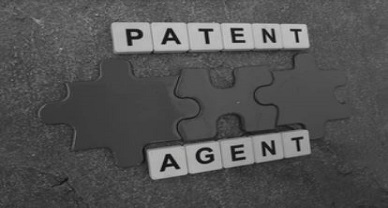Patentability in India
An invention relating either to a product or process that is new, involving an inventive step, and capable of industrial application can be patented. Provided the invention is not falling under the categories of inventions that are non-patentable under sections 3 and 4 of the Patent Act. (For details see the section on inventions not patentable).
[Image Source: gettyimage]
Defining a patent
Here is how an invention is defined in the Patent Act 1970:
Section 2(1)(j) “invention” means a new product or process involving an inventive step and capable of industrial application;
Section 2(1)(ja) “inventive step” means a feature of an invention that involves technical advance as compared to the existing knowledge or having economic significance or both and that makes the invention not obvious to a person skilled in the art;
Section2(1)(ac) capable of industrial application”, concerning an invention, means that the invention is capable of being made or used in an industry;
Section 2(1)(l) “new invention” means any invention or technology which has not been anticipated by publication in any document or used in the country or elsewhere in the world before the date of filing of a patent application with complete specification, i.e., the subject matter has not fallen in the public domain or that it does not form part of the state of the art;
Patentable subject matter in India
The invention must relate to a process or a product or both involving an inventive step and be novel. Another important part is that the invention must be capable of industrial application. Multiple clauses are being mentioned under Section 3 which states the subject matter which is not patentable. Let us briefly discuss the patentability criteria;
Newness or novelty requirement- An invention is said to be novel if all elements of a claim of the invention are not anticipated by a single prior art that is published, or used, or known to the public.Inventive step or non-obviousness– An inventive step is said to be present in your invention when it has a technical advance as compared to the existing knowledge (that is a state of the art of your field of the invention) or it has economic significance or you invention has both such that it makes your invention non-obvious to a person skilled in the art.
So, we need to identify a feature of our invention that is either technically advanced or it is economically significant or both, when it is compared to state of the art or existing knowledge such that our invention becomes non-obvious to a person skilled in the art. A person skilled in the art is a person who has average skills from your domain. For example, if your invention is related to a mechanical device, the person skilled in the art would be from a mechanical background. If there are multiple technologies used in the invention then a person skilled in the art is assumed to have all the knowledge (that is available and known to the public) from the technologies involved. This is to assess the inventiveness of the invention.
In other words, considering the state of the art (things are already known to the public) and assuming the person skilled in the art does not have any knowledge about our invention, if that person skilled in the art was asked to solve the problem (that our invention solves), then our invention should not come as a natural suggestion by that person skilled in the art. Which ultimately means invention should not be obvious. This is in essence known as the non-obviousness test.
Industrial application means invention is capable of being made or used in any kind of industry. This is also known as usefulness, a patented invention should be able to be produced on a large scale that is it could be created, used, and repeated.
Now if you observe the word in the definition is Capable of industrial application, which means it need not be mass-produced right now, but has the capability of industrial application in the future. In general, this patentability requirement of usefulness or industrial application is not much of a problem to prove.
(Source- https://patentattorneyworldwide.com/in/what-inventions-are-patentable-in-india/; https://www.khuranaandkhurana.com/)
Author: Saransh Chaturvedi an associate at IP And Legal Filings, in case of any queries please contact/write back us at support@ipandlegalfilings.com.



